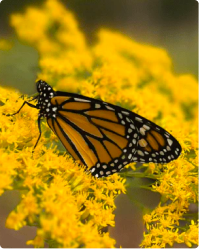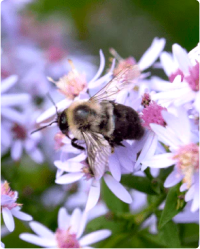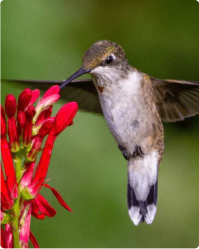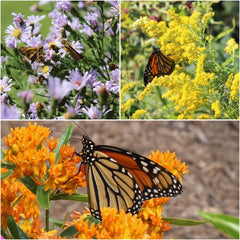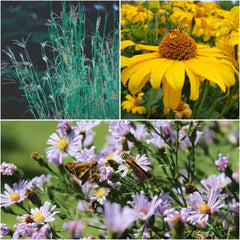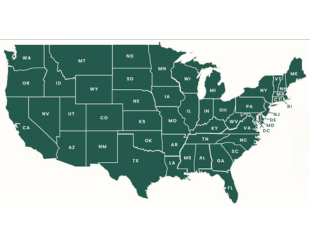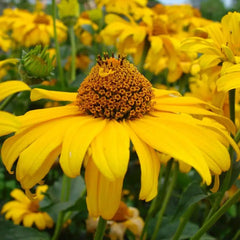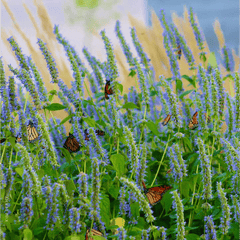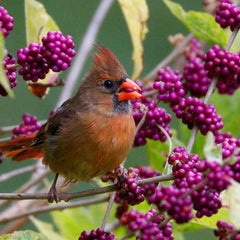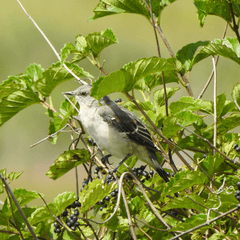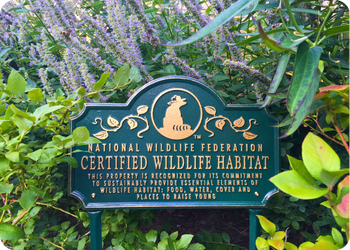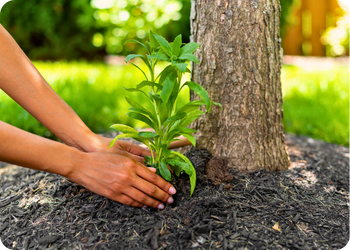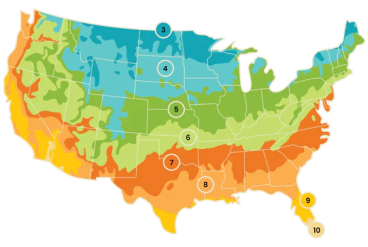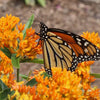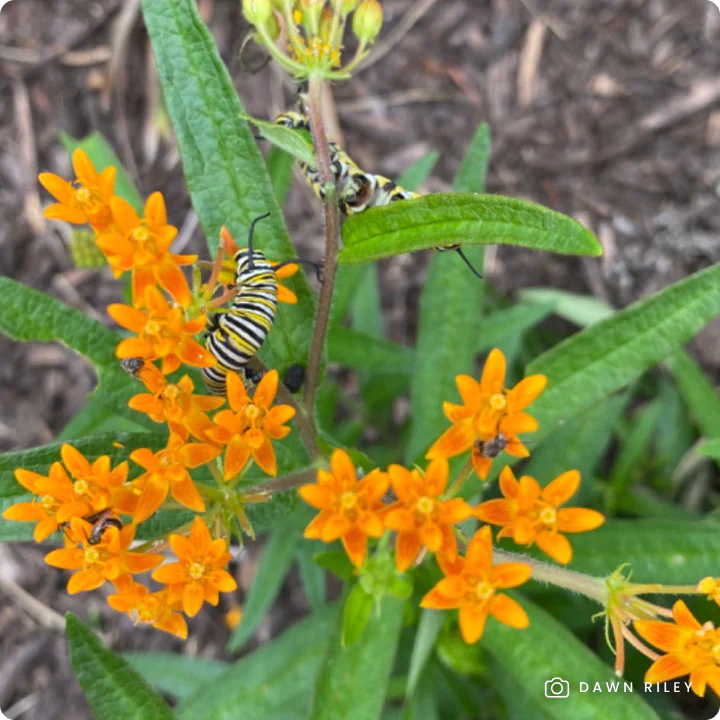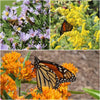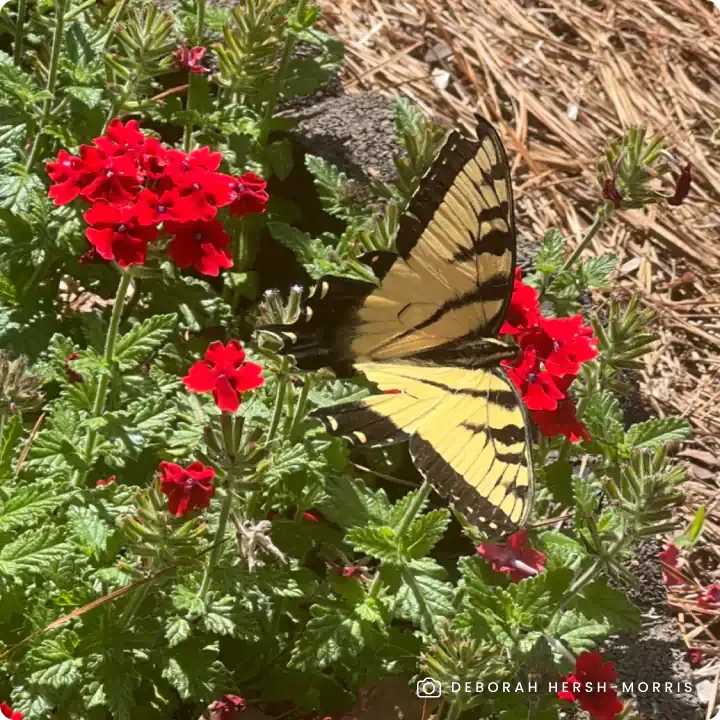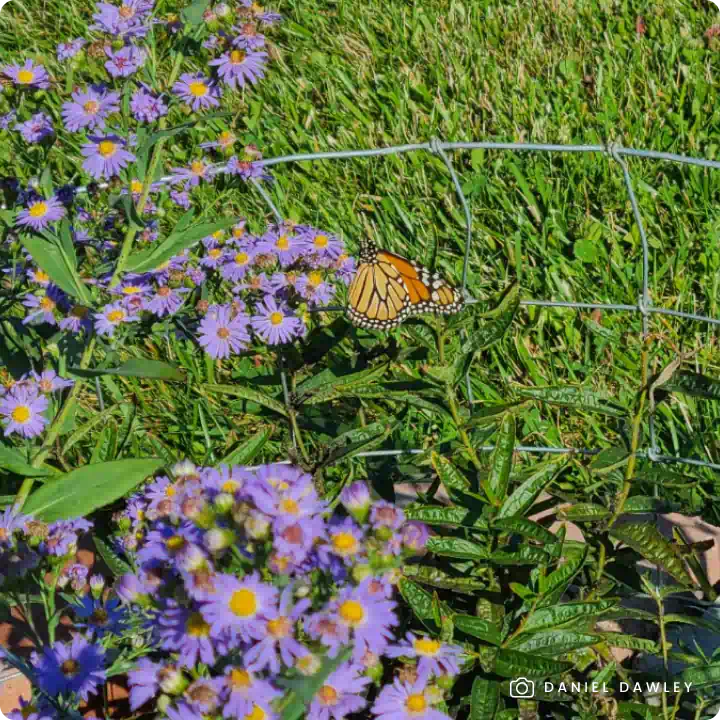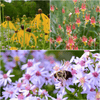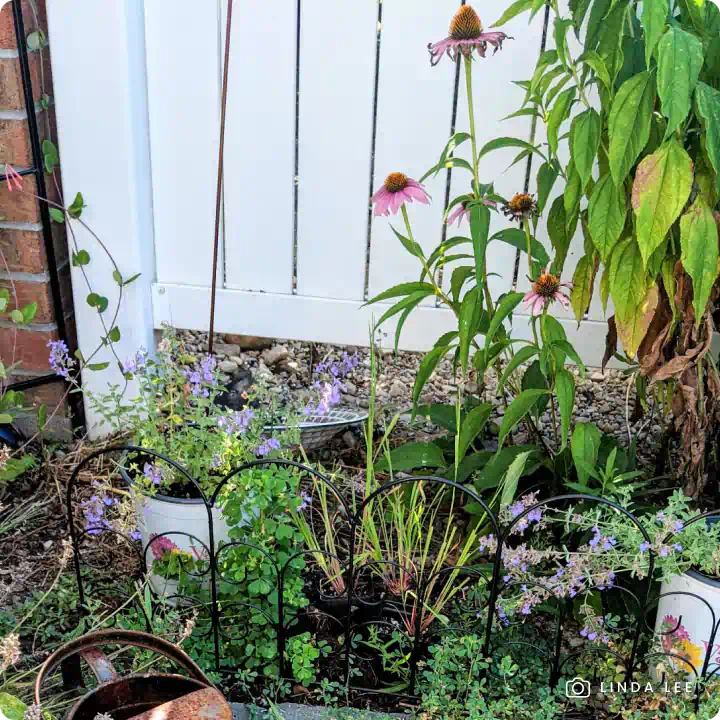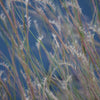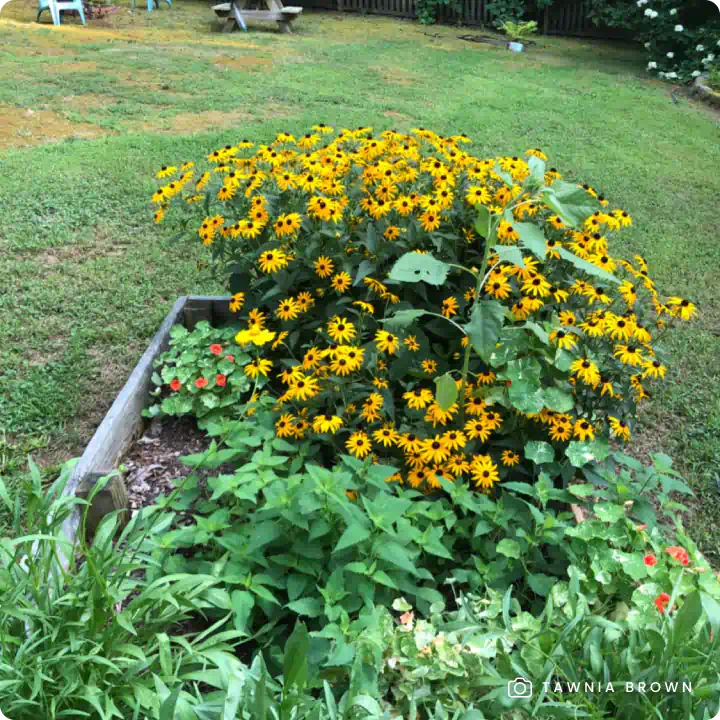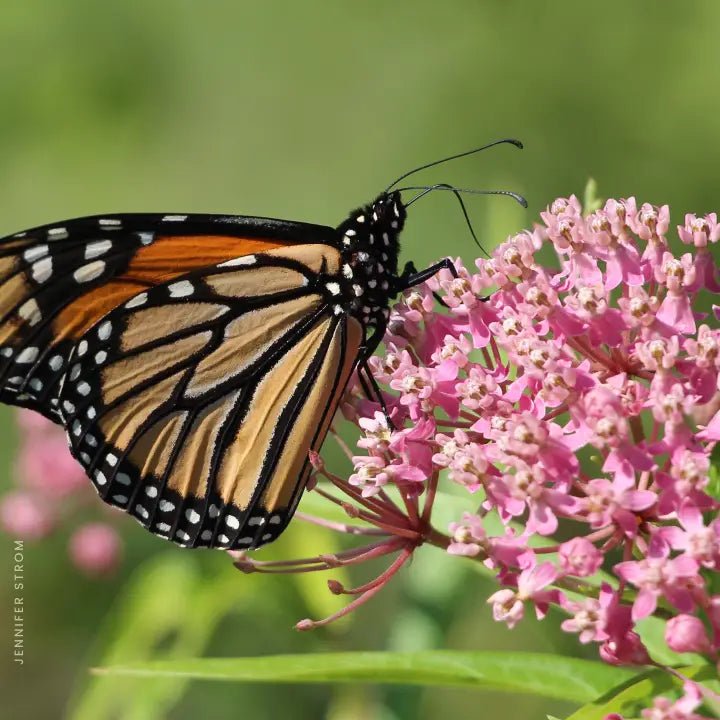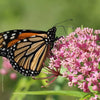Oxeye Sunflower (Heliopsis helianthoides) is a versatile and vibrant native perennial that brings an abundance of bright yellow, daisy-like blooms to your garden from early to mid-summer. These cheerful flowers are not only a visual delight but also a magnet for bees, butterflies, and other pollinators. In the fall, the spent flowers transform into a natural food source, as their seeds attract songbirds, adding ecological value to your landscape.
Key Benefits:
- Pollinator-Friendly: Bright yellow blooms attract and nourish butterflies, bees, and other beneficial insects during peak summer months.
- Bird Habitat: Leave spent flowers in the fall to provide a valuable seed source for songbirds.
- Perennial Beauty: Returns each year with minimal care, offering long-lasting color and ecological benefits.
- Low Maintenance: Thrives with less water and no chemical treatments once established, making it perfect for sustainable gardening.
- Deer Resistant: Once established, these hardy plants are resilient to deer browsing.
- Eco-Friendly: Grown non-GMO and free of harmful neonicotinoids, promoting a healthy ecosystem for pollinators and wildlife.
- Versatile Quantities: Sets of three, six, or 12 plants to fit any garden size and layout.
Why Choose Oxeye Sunflower?
Oxeye Sunflower is more than just a bright and cheerful addition to your garden. This hardy perennial supports a variety of wildlife species, from pollinators to seed-eating birds, creating a thriving and dynamic habitat. Its adaptability to full sun or part shade makes it a versatile choice for borders, wildflower meadows, or naturalized areas.
Planting and Maintenance Tips:
- Location: Plant in full sun to part shade with well-drained soil.
- Watering: Water regularly during the first growing season to establish strong roots. Once established, reduce watering.
- Maintenance: Minimal care required. There's no need to deadhead the flowers, as allowing them to go to seed provides a valuable food source for birds. Leaving the stems standing in the fall offers overwintering sites for beneficial insects. If desired, cut back the stems in late spring after pollinators have emerged.
For more information on planting, view our How to Plant Your Native Plants guide and other planting tips in the Garden for Wildlife Learning Center.
Enhance your garden’s beauty and ecological value with oxeye sunflower, and enjoy its cheerful blooms, wildlife support, and low-maintenance charm.
